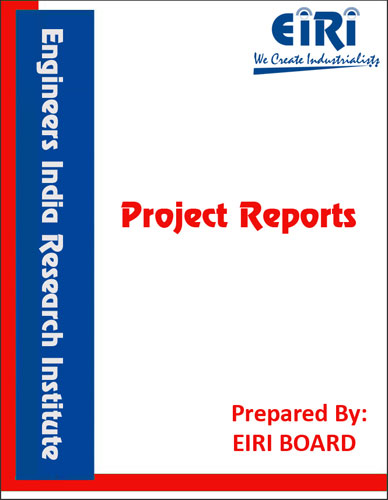BAKELITE MOULDING POWDER MANUFACTURING
The project report includes Present Market Position and Expected Future Demand, Market Size, Statistics, Trends, SWOT Analysis and Forecasts. Report provides a comprehensive analysis from industry covering detailed reporting and evaluates the position of the industry by providing insights to the SWOT analysis of the industry.
We can prepare PROJECT REPORT as per your INVESTMENT PLAN for BANK LOAN REQUIREMENT and INDUSTRY ANALYSIS. All reports are prepared by highly qualified consultants and verified by a panel of experts.
Have Query? Click Here to Chat
Industry Expert is Online, Chat with him for more detail.

Of the synthetic resins probably the best known and most widely employed is bakelity. This is produced by a reaction between phenol (carbolic acid) and formaldehyde, a product of wood distillation. Carried to a certain stage, the reaction produces a hard resinous substance known as Bakelite resin A. this is an amber coloured substance soluble in alcohol, acetone and other organic solvents, the melting point being approximately 120 deg. F. further application of heat changes the resin into a state in which it is still fusible but insoluble. This is known as the B stage. If heat is again applied the resin is reduced to the C stage, when it is both infusible and insoluble. Bakelite resin C is obtainable in the form of slabs, rods and sections. It can be machined, and is largely used for imitation jewellery, handles for domestic utensils, cigarette holders and similar purposes.
These are one of the earliest plastics. Thermosetting resins of the Polymer type with high electrical insulation properties Polymer moulding powder was the first thermosetting plastic to be produced in the country.
Polymer implies a wide variety of products resullery from the reaction of phenols and aldehydes.
The Polymer reactier products may be a liquid or a solution a solid or a powder and it may be pure polymer or modifeed with fillers or polymeric compounds.
INTRODUCTION
PROPERTIES
CHARACTERISTICS OF BAKELITE MATERIALS
FILLER FOR BAKELITE POWDER
USES AND APPLICATION
SPECIFICATIONS OF PHENOLIC MOULDING MATERIAL
CLASSIFICATIONS
REQUIREMENTS
STORAGE TEST
TEST SPECIMENS
METHODS OF TEST
PACKING AND MARKING
CHARACTERISTIC AND MOULDING CONDITION OF PHENOLIC
MOULDING COMPOUND
MARKET SURVEY
PRESENT MANUFACTURERS OF BAKELITE MOULDING POWDER
FORMULATION OF BAKELITE MOULDING POWDER
A TYPICAL FORMULATION OF BAKELITE MOULDING POWDER
MANUFACTURING PROCESS OF BAKELITE POWDER
MANUFACTURING PROCESS OF PHENOLIC MOULDING COMPOUND
GENERAL PROCESS OF PHENOLIC MOULDING COMPOUND
SUPPLIERS OF PLANT AND MACHINERY
SUPPLIERS OF RAW MATERIALS
APPENDIX – A:
1. COST OF PLANT ECONOMICS
2. LAND & BUILDING
3. PLANT AND MACHINERY
4. FIXED CAPITAL INVESTMENT
5. RAW MATERIAL
6. SALARY AND WAGES
7. UTILITIES AND OVERHEADS
8. TOTAL WORKING CAPITAL
9. COST OF PRODUCTION
10. PROFITABILITY ANALYSIS
11. BREAK EVEN POINT
12. RESOURCES OF FINANCE
13. INTEREST CHART
14. DEPRECIATION CHART
15. CASH FLOW STATEMENT
16. PROJECTED BALANCE SHEET



